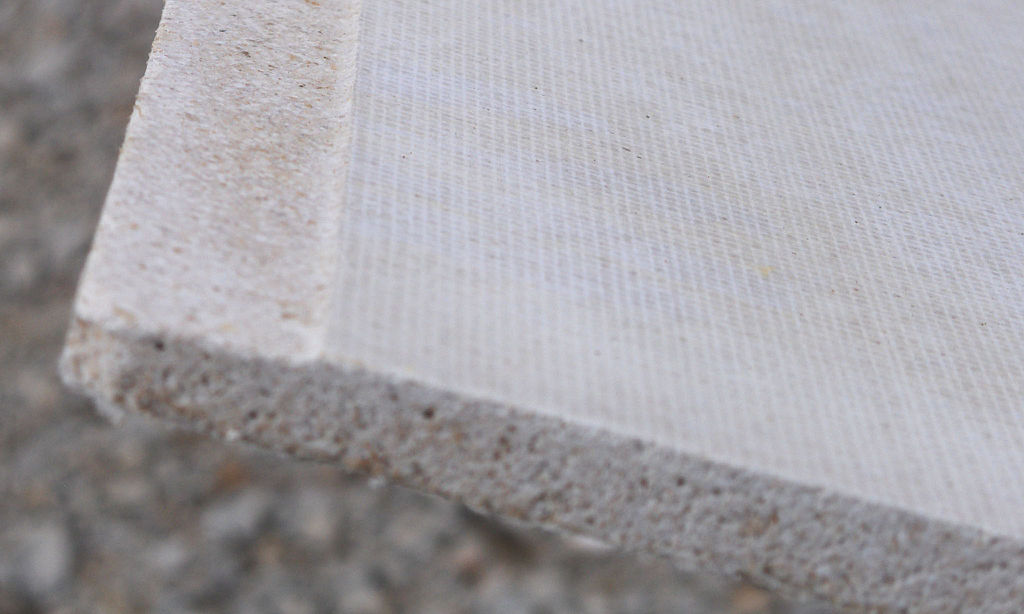The Gypsum Association released updates to both GA-221 Repair of Joint Ridging and GA-222 Repairing Screw or Nail Pops standards publications. Each set of recommendations clarifies best practices associated with common wallboard repairs.
Joint ridging, or beading, is a uniform, fine linear deformation that occurs at the joints of finished and decorated gypsum panel products. Compression at the edges or ends of the panels due to extreme fluctuations of temperature and humidity is the most common cause of ridging; however, misaligned framing can also contribute to the problem. The Gypsum Association recommends waiting until a new structure has experienced at least one complete heating/cooling cycle before making repairs.
Fastener popping occurs most commonly from lumber shrinkage due to initially high moisture content in newly constructed wood framing. Overly long fastener length contributes to the problem. While fastener popping that appears before or during finishing and decoration should be repaired immediately; popping that occurs a month or more into the heating season should wait for repair until the season’s end.
In the case of fastener popping, the secure reattachment of the gypsum panel product to the framing is essential. All new screws or nails should be of the proper length. Key to the repair methods outlined in both GA-221-14 and GA-222-14 is careful sanding and treatment with joint compound as well as observing recommended drying times prior to redecoration.
Related Stories
Codes and Standards | Jun 22, 2021
Actually, few companies plan to significantly reduce their office footprint
CBRE survey shows that many firms will continue with hybrid work.
Codes and Standards | Jun 21, 2021
Vancouver, B.C., may delay new zero emissions building standards
Building permit delays may postpone new standards by a year.
Codes and Standards | Jun 17, 2021
Buffalo’s parking reform having noticeable impact on development
Elimination of mandatory parking allotments encourages new projects.
Codes and Standards | Jun 16, 2021
Inconsistent building codes make some states more vulnerable to hurricanes
Florida takes top spot for strongest building code in latest IBHS survey.
Codes and Standards | Jun 15, 2021
Growing housing supply gap will worsen affordability crisis
Supply projected to fall 4.5 million units short in 2022.
Codes and Standards | Jun 15, 2021
Florida will allow virtual inspections, building code enforcement, permit issuance
New law will go into effect on July 1, 2021.
Codes and Standards | Jun 10, 2021
New York City cracks down on construction site safety
Buildings Dept. issues new safety legislation for City Council consideration.
Codes and Standards | Jun 9, 2021
ASHRAE updates health care facility ventilation standard
Includes improved guidance on thermal comfort, revisions to air filtration requirements.
Codes and Standards | Jun 8, 2021
American Wood Council releases new fire design specification
For design of wood members, assemblies, and connections to meet code requirements.
Codes and Standards | Jun 7, 2021
Guide provides strategies to overcome barriers to sustainable affordable housing
International Living Future Institute document helps with social, regulatory, and financial hurdles.

















